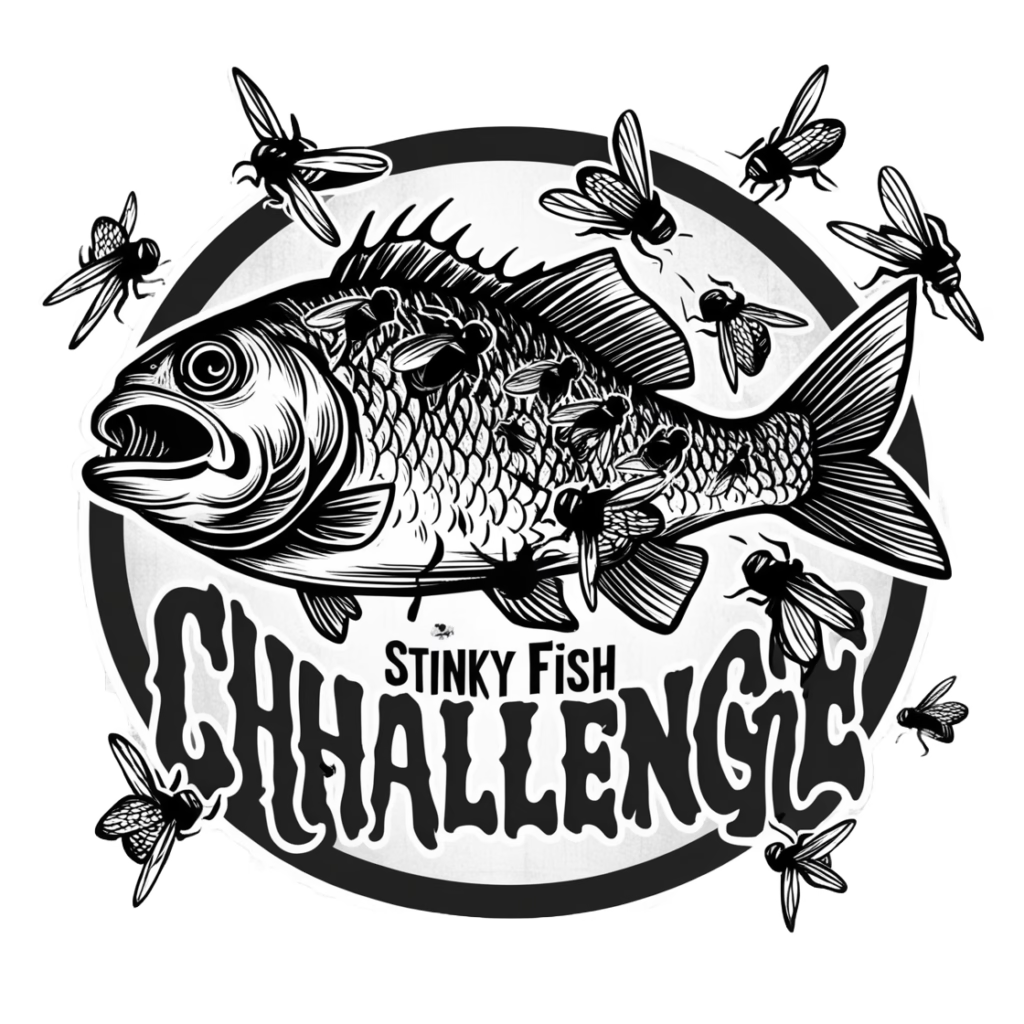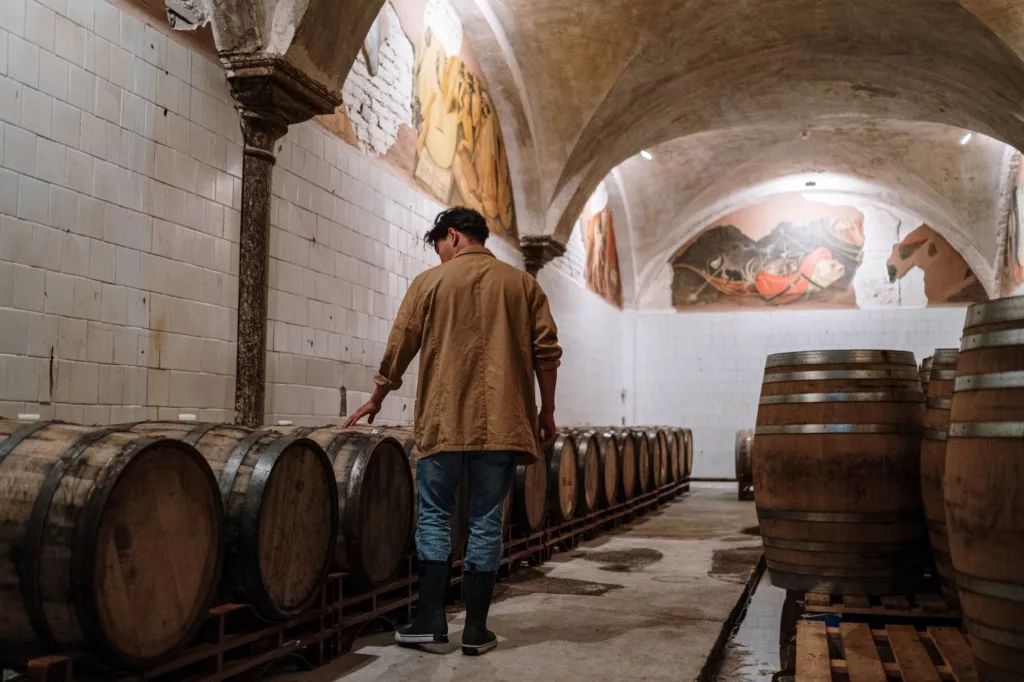Uncategorized
The Fermentation Process of Surströmming: Unmasking the Science
Introduction to the Unique Process of Making Surströmming
Are you familiar with Surströmming? This Swedish delicacy is known for its powerful aroma and distinctive taste. But have you ever wondered how it gets its unique characteristics? The answer lies in its unique fermentation process. In this article, we’ll delve into the Surströmming fermentation process, the science behind fermentation, and its role in food preservation. This journey will take you through the steps from fresh Baltic herring to the finished product that many Swedes cherish as a traditional delicacy. Let’s embark on this culinary adventure!

Understanding Fermentation and its Role in Food Preservation
Fermentation, a metabolic process, serves as a vital part of food preservation. This process uses yeasts, bacteria, or other microorganisms to convert sugars into alcohol, gases, or acids. The result? An extended shelf-life for food items, added flavors, and numerous health benefits. For an in-depth look at fermentation, check out our previous post about The Science of Fermentation.
The Step-by-Step Breakdown of the Surströmming Fermentation Process
- Catch and Prep: The journey of Surströmming starts with the catching of Baltic herring during April and May, just before their spawning season.
- Brining: The herring then undergoes a brining process for 1-2 days in a saturated salt solution, stirring them continuously for the first four hours.
- Secondary Brining: The herring, beheaded and possibly gutted, then move to barrels with a weaker 17% salt solution, where they remain for 3-4 days.
- Fermentation and Ripening: The fish stay in this brine at 59-64 degrees Fahrenheit for the initial fermentation stage, lasting for 3-4 weeks.
- Canning: Finally, producers can the fish with its fermentation brine. Since they don’t pasteurize the fish and brine, the fish continues to ferment after packaging. This leads to the characteristic bulging cans of Surströmming.
How Fermentation Contributes to the Unique Smell and Taste of Surströmming
The smell of Surströmming comes largely from the byproducts of fermentation. The bacteria responsible for much of this are two salt-tolerant anaerobes, Haloanaerobium praevalens and Haloanaerobiuim alcaliphilum. These bacteria produce compounds like acetic acid, butyric acid, propionic acid, and hydrogen sulfide, all contributing to Surströmming’s distinctive aroma.
As for its flavor, the fermentation process gives Surströmming a sour and salty taste. This combination of unique smells and tastes has earned it the title of one of the world’s smelliest foods.
Comparing Surströmming Fermentation to Other Fermented Foods
While Surströmming’s fermentation process might seem unusual, it shares similarities with other fermented foods. Like kimchi and sauerkraut, Surströmming relies on lactic acid bacteria for fermentation. However, its extended fermentation time and use of a brine solution set it apart. To see how Surströmming compares to other fermented delicacies, take a look at our Comparison of Fermented Foods post.
The Science Behind Fermentation and Its Health Benefits
Fermentation isn’t just about preserving food or adding flavor. The process also introduces beneficial bacteria, or probiotics, to the food. These probiotics can support digestive health, boost immunity, and even improve mental health. More information about# I will search for some useful external resources about fermentation and its health benefits to include as outbound links in the blog post. search(“health benefits of fermented foods”)
Read more about Surströmming at the Stinky Fish Challenge

